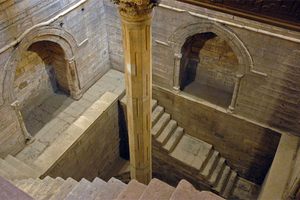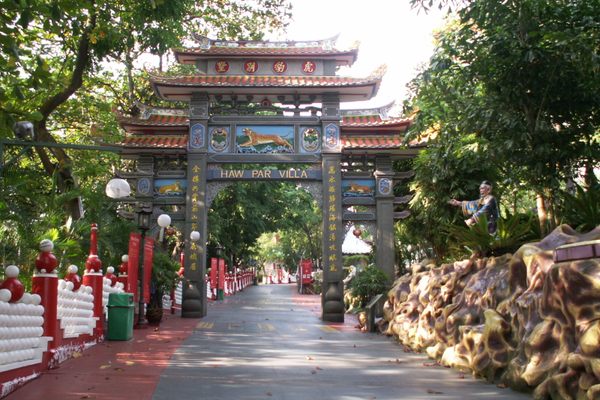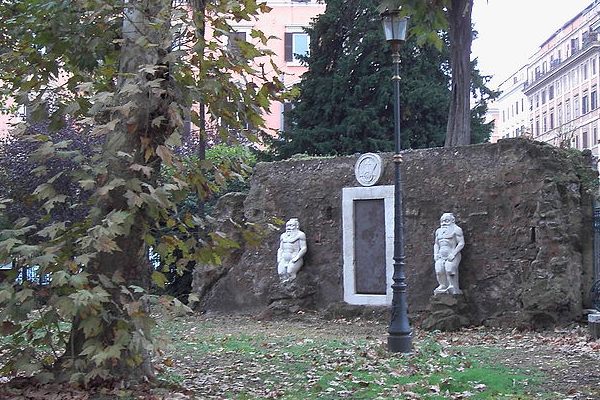About
The Ben Ezra Synagogue was built in al-Fustat, the first capital of Egypt under Arab rule. Today, al-Fustat is part of Old Cairo. Abraham ibn Ezra of Jerusalem purchased the land for the synagogue in 882. According to local tradition, the synagogue was built on the spot where baby Moses was found adrift on the Nile, but that's not the only thing that sets this site apart.
In the 19th century a collection of almost 280,000 Jewish manuscript fragments were found in the genizah (depository) of the Ben Ezra Synagogue. In 1896, English travelers Agnes S. Lewis and Margaret D. Gibson returned from Egypt with fragments from the genizah, and showed them to Solomon Schechter at Cambridge. Today, Taylor-Schechter's collection at Cambridge has nearly 193,000 fragments. There are a further 31,000 fragments at the Jewish Theological Seminary of America. The John Rylands University Library in Manchester holds a collection of over 11,000 fragments.
The genizah is the final resting place of "trashed" documents that invoke the name of God. It is forbidden to throw away writings containing the name of God, even if they are personal letters or legal contracts. Genizot are usually found in the attic or basement of a synagogue, but can also be in walls or buried underground.
The Ben Ezra Synagogue genizah's 280,000 documents were written between 950 CE and 1800 CE. There are notes, private correspondence, old contracts, and business-related material alongside religious manuscripts. Some documents were written by prominent people like Maimonides, while others were written by regular members of the community. There are materials from Egypt, Palestine, Lebanon, Syria, Tunisia, Sicily, and even India. The genizah provides an unprecedented look into medieval Jewish life in the Middle East. Most primary documents from the Middle Ages are records of momentous events of men and nations. The genizah reveals day-to-day details about ordinary people - individuals with names and personalities, strengths and weaknesses. Documents relate to these people's innermost fears and yearnings, intimate relations, business rifts and rivalries, personal triumphs, and tragedies.
The genizah documents also shed light on medieval history beyond Cairo. The rich store of linguistic works trace the history of Arabic dialects. Further, unique Arab manuscripts were found, like the pharmacological work of 11th century doctor Ahmed Ibn Al-Djazzar and a love story of Umayyid caliph Al-Walid II from the 8th century. There were fragments of Greek translations of the Bible by Aquila. A 10th century letter from Kyiv provided the earliest evidence of a Jewish community existing in the Ukraine. The fragments also tell the history of the Caspian kingdom of the Khazars and its conversion to Judaism in the 9th century. Among the most recent works are Yiddish letters and poems from the 13th to 15th centuries.
Related Tags
Know Before You Go
Located in Coptic Cairo.
Treasures of Egypt: Hidden Tombs, Ancient Pyramids & Old Cairo
Explore pyramids, tombs, and local cuisine with your Egyptologist guide.
Book NowCommunity Contributors
Added By
Published
February 7, 2011























